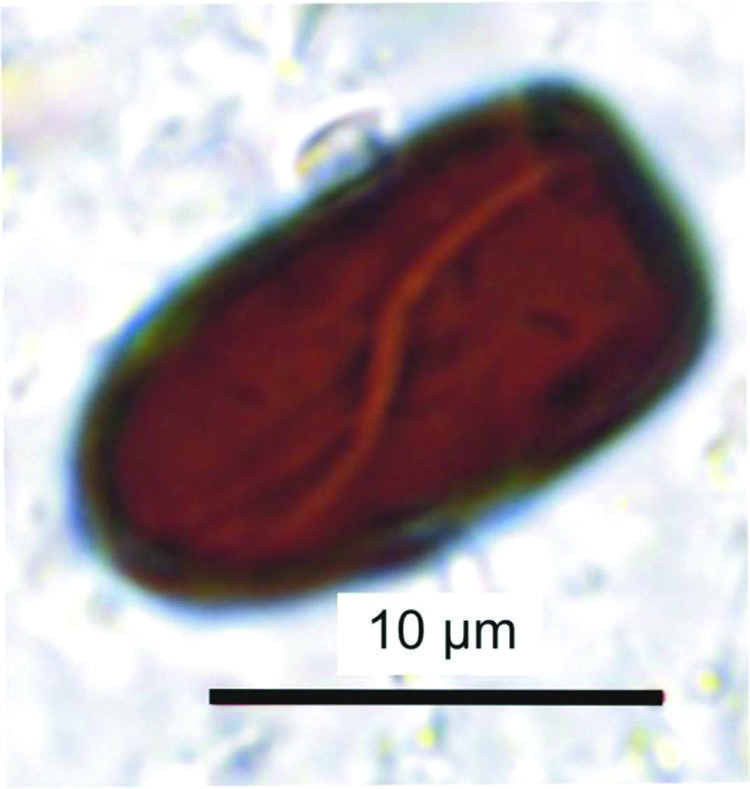The reliability of using the abundance of Sporormiella spores as a proxy for the presence and abundance of megaherbivores was tested in southern Brazil. Mud-water interface samples from nine lakes, in which cattle-use was categorized as high, medium, or low, were assayed for Sporormiella representation. The sampling design allowed an analysis of both the influence of the number of animals using the shoreline and the distance of the sampling site from the nearest shoreline. Sporormiella was found to be a reliable proxy for the presence of large livestock. The concentration and abundance of spores declined from the edge of the lake toward the center, with the strongest response being in sites with high livestock use. Consistent with prior studies in temperate regions, we find that Sporormiella spores are a useful proxy to study the extinction of Pleistocene megafauna or the arrival of European livestock in Neotropical landscapes.
Extinction; fossil pollen; lake sediment; livestock; Pleistocene Megafauna; Sporormiella spores






